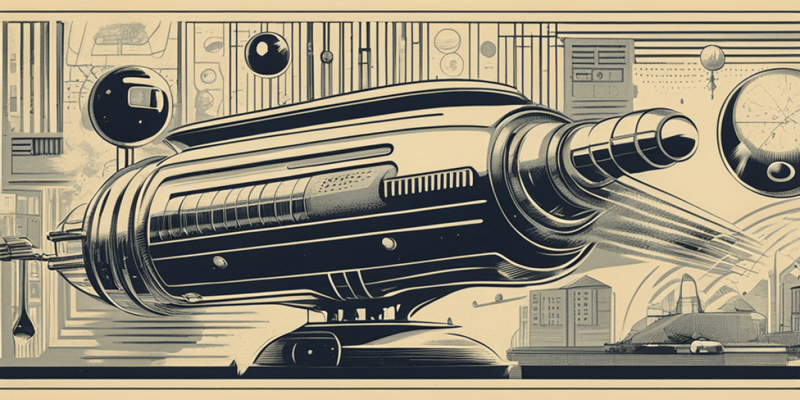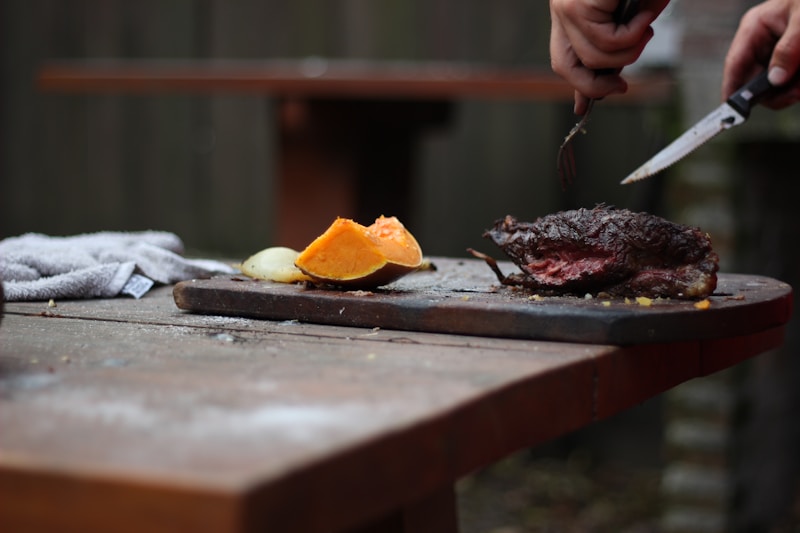Questions and Answers
What is the general equation for the reaction of a metal with an acid?
Metal + Acid → Salt + Hydrogen gas
Based on the provided reactions, what is the product formed when Na reacts with HCl(aq)?
NaCl + H2
What compound is formed when passing carbon dioxide gas through lime water (Ca(OH)2)?
CaCO3 (s)
In the reaction between NaOH(aq) and Zn(s), which product is NOT formed?
Signup and view all the answers
When adding dilute hydrochloric acid or sulfuric acid to zinc granules, what change in temperature might be observed?
Signup and view all the answers
What should be observed when adding potassium iodide solution to lead nitrate solution?
Signup and view all the answers
What is the simplest way to represent a chemical reaction in a shorter form?
Signup and view all the answers
In a word-equation, where are the reactants typically written?
Signup and view all the answers
What does a plus sign (+) between substances in a chemical equation indicate?
Signup and view all the answers
How can you determine if a chemical equation is balanced?
Signup and view all the answers
What principle does balancing a chemical equation adhere to?
Signup and view all the answers
Which equation is considered a skeletal chemical equation for the burning of magnesium in air?
Signup and view all the answers
Study Notes
Chemical Reactions and Equations
-
Metal reacts with an acid to displace hydrogen atoms, forming a salt and releasing hydrogen gas, represented as: Acid + Metal → Salt + Hydrogen gas
-
Examples of reactions:
- Test tube A: NaCO3 + HCl(aq) → NaCl(aq) + H2O(l) + CO2(g)
- Test tube B: NaHCO3 + HCl(aq) → NaCl(aq) + H2O(l) + CO2(g)
- Passing CO2 gas through lime water: Ca(OH)2(aq) + CO2(g) → CaCO3(s) + H2O(l)
-
Reaction of zinc with sodium hydroxide: 2NaOH(aq) + Zn(s) → Na2ZnO2(s) + H2(g)
Chemical Equations
-
A chemical equation represents a chemical reaction, with reactants on the left and products on the right, separated by an arrow.
-
Word-equation: Magnesium + Oxygen → Magnesium oxide
-
Chemical equation: Mg + O2 → MgO
-
A chemical equation can be balanced or unbalanced.
-
The law of conservation of mass states that the total mass of elements in the products is equal to the total mass of elements in the reactants.
-
Balancing a chemical equation involves ensuring that the number of atoms of each element is the same on both sides of the equation.
Studying That Suits You
Use AI to generate personalized quizzes and flashcards to suit your learning preferences.
Description
Learn about the reactions of metals with acids and how they displace hydrogen atoms to form salts and hydrogen gas. Practice writing chemical equations based on observed reactions.




